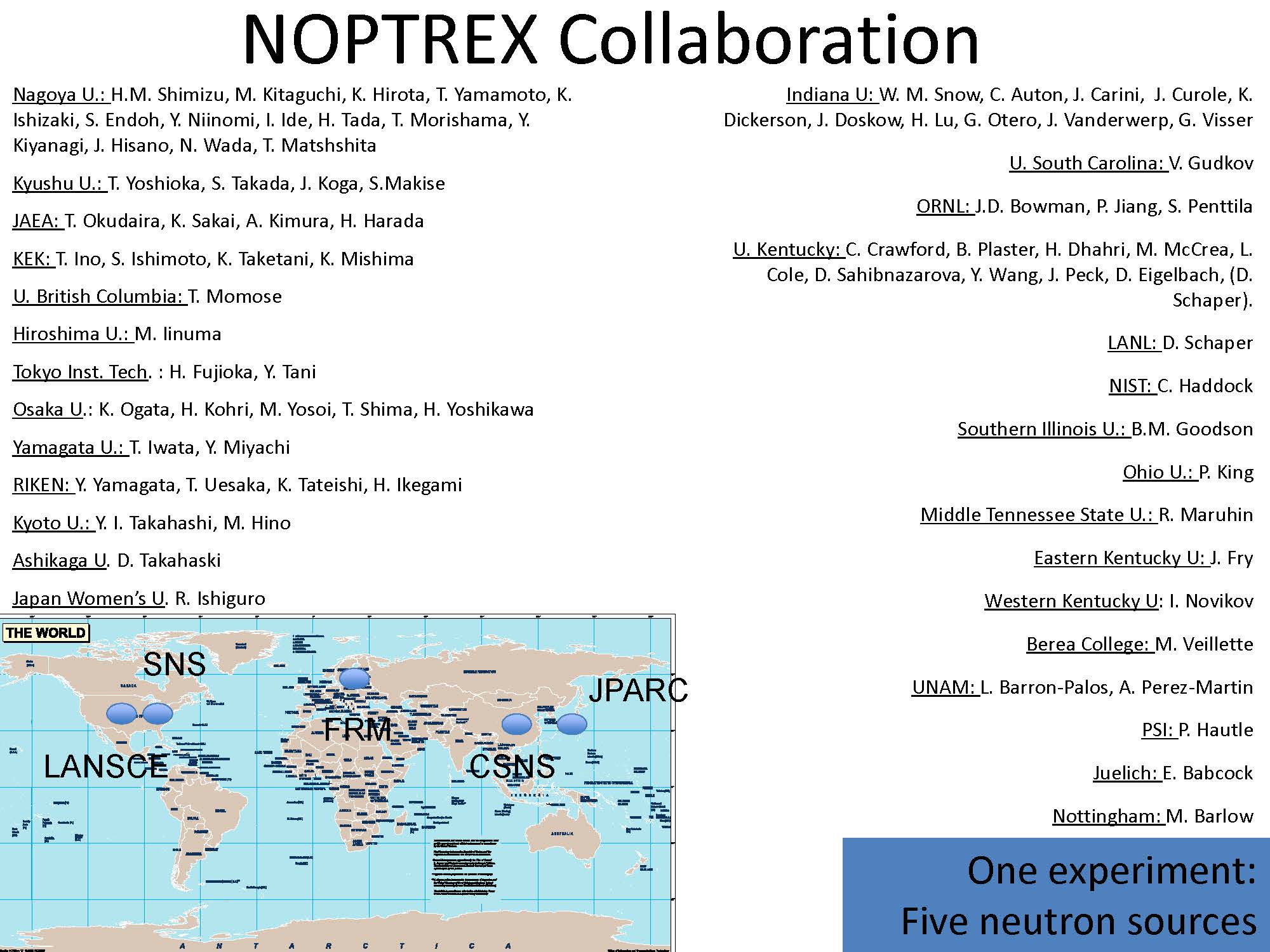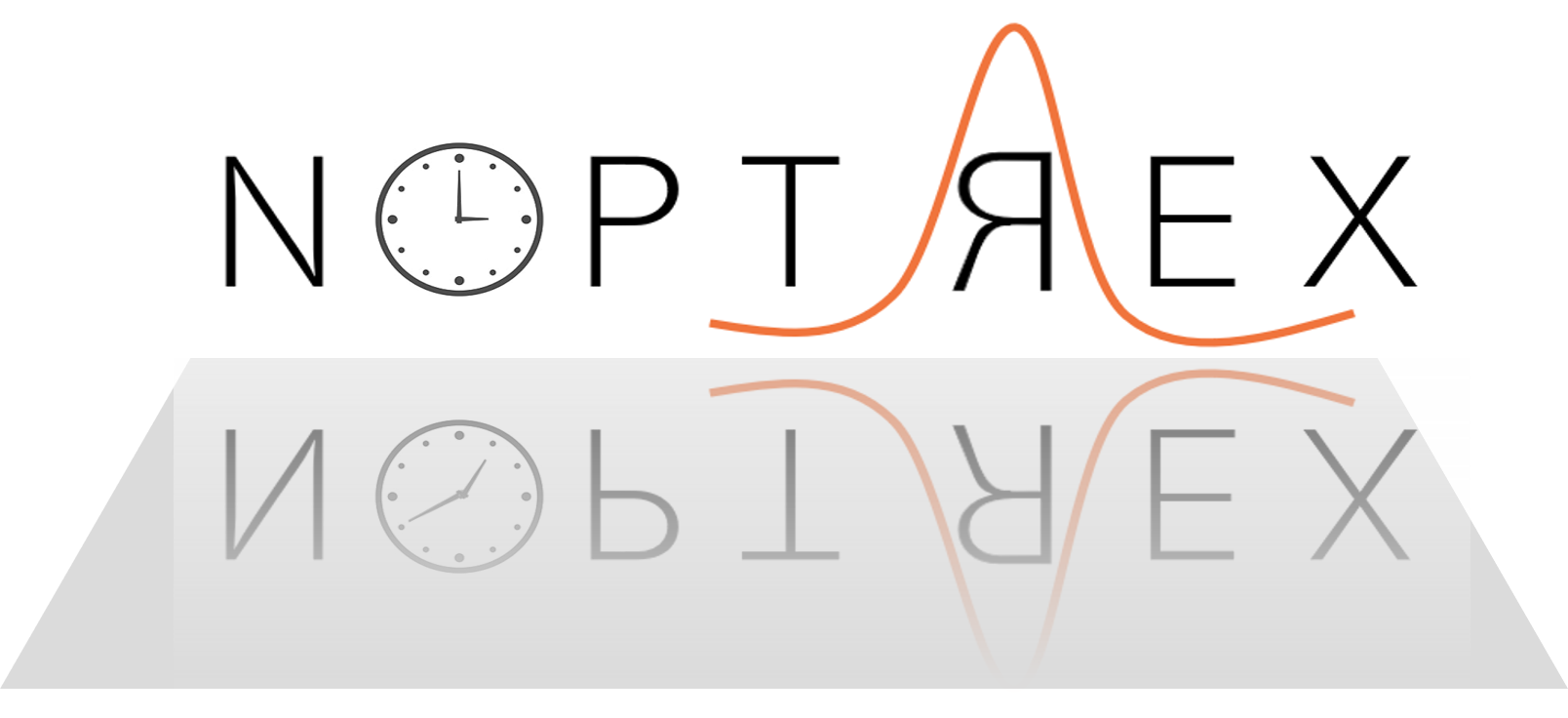Attention: This site is currently under construction, and some content might be outdated.
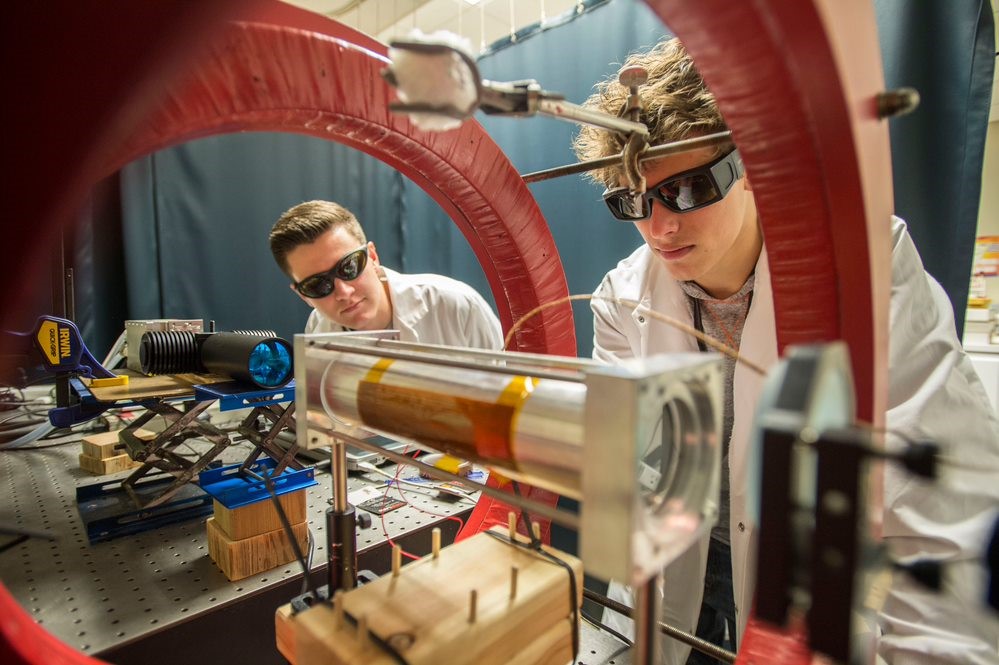
NMR and MRI enjoy wide applicability but often suffer from poor detection sensitivity owing to low nuclear spin polarization. For example, MRI can provide exquisite anatomical images of soft tissues in the body – without ionizing radiation – but the MRI signal comes almost entirely from high-concentration 1H nuclei in the body’s water and fat molecules. It would be extremely informative to instead obtain MRI signals from various low-concentration species (e.g. metabolites in cancer or gases in lung space), but the resulting signals are normally just too weak to provide useful images. To combat this problem, we are pursuing two methods for generating high, non-equilibrium nuclear spin polarization – a.k.a. “hyperpolarization”: (1) spin-exchange optical pumping (SEOP); and (2) parahydrogen induced polarization (PHIP). For background in hyperpolarization, please see our review: "NMR hyperpolarization techniques for biomedicine" P Nikolaou, BM Goodson, EY Chekmenev, Chemistry–A European Journal 21 (8), 3156-3166.
In SEOP, resonant circularly polarized light from a high-power laser is used to polarize the electron spins of an alkali vapor (usually Rb or Cs); the nuclear spins of a noble gas (e.g. xenon) may then become hyperpolarized over time as a result of spin exchange during gas-phase collisions. We are particularly interested in both the study of fundamental phenomena underlying SEOP and the development of SEOP technology -- efforts that have led to new approaches for generating "clinical-scale" quantities of hyperpolarized xenon-129 for biomedical applications (including human lung imaging). Recently, we have also been working to hyperpolarize xenon-131 (a quadrupolar isotope that is far more difficult to polarize), with potential application in targets for polarized neutron scatting experiments (in the search for new physics beyond the Standard Model; see NOPTREX section). Besides low-field in-situ NMR, we study SEOP processes using optically-detected ESR and Raman spectroscopy.
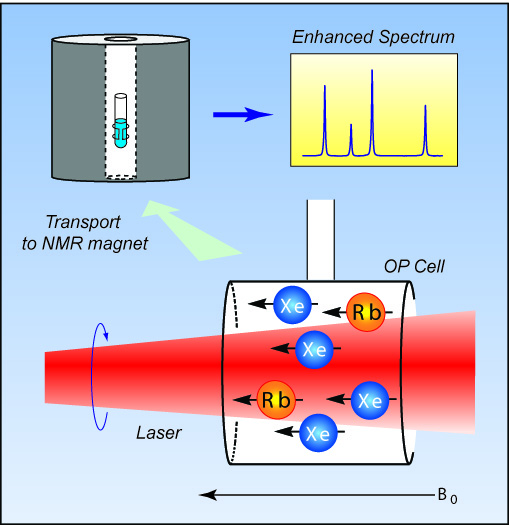
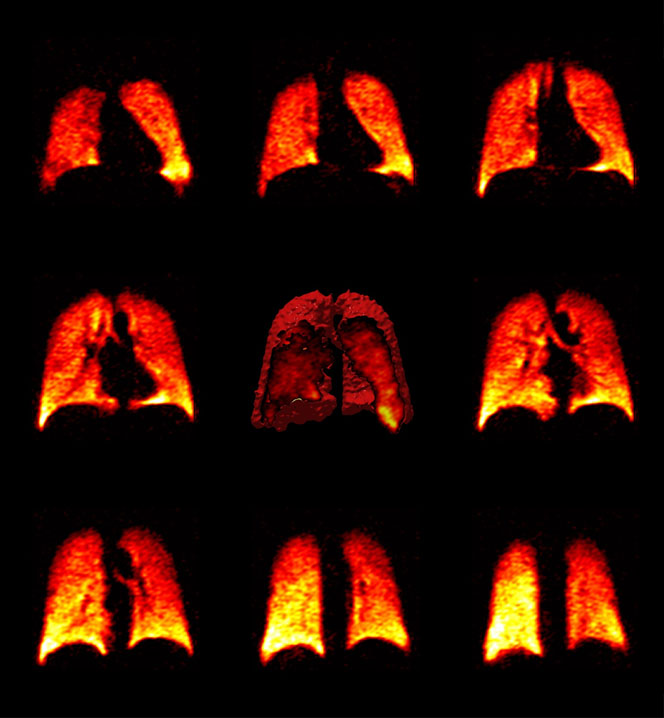
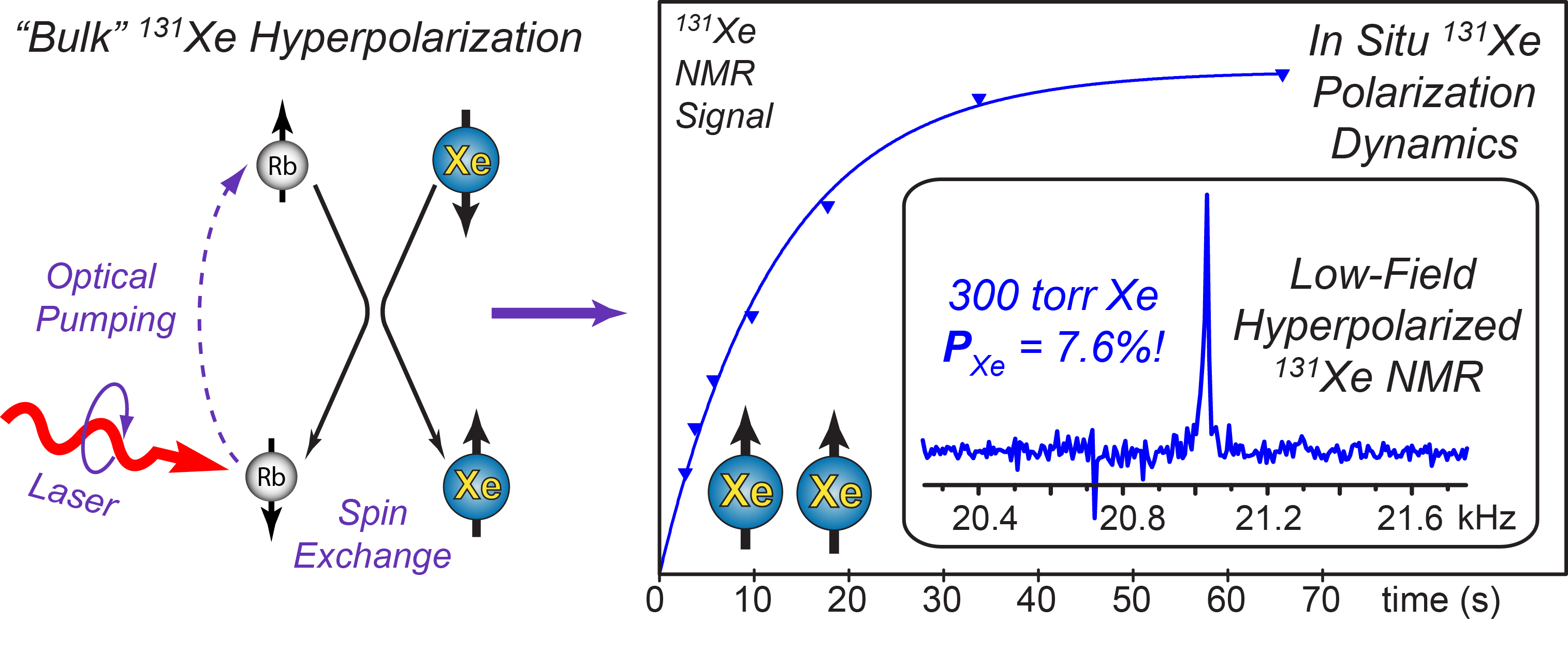
In PHIP, the singlet state of parahydrogen--a spin isomer or ordinary molecular hydrogen gas--is utilized as the source of spin order to create hyperpolarization. PHIP-based hyperpolarization approaches are attractive because they are rapid (requiring just tens of seconds), ultra-cheap, easy, scalable, and have a low instrumentation / infrastructure burden. In "traditional" PHIP, hyperpolarization is achieved by a permanent chemical reaction -- pairwise hydrogenative addition across asymmetric unsaturated (double or triple) chemical bonds. However, in the newer approach called SABRE (signal amplification by reversible exchange), no permanent chemical change is required; instead, SABRE utilizes an organometallic catalyst that transiently binds both parahydrogen and the target substrate molecule, thereby allowing the target spins to be hyperpolarized through the scalar coupling network. In collaboration with others, we are studying SABRE with heterogeneous catalysts, in aqueous environments, and in variable magnetic fields in order to create hyperpolarized agents for in vivo NMR and MRI. We are particularly interested in approaches that allow efficient separation of hyperpolarized molecules from PHIP/SABRE catalysts, and/or allow long-lasting hyperpolarization – particularly in various heteronuclei (15N, 13C, etc.).
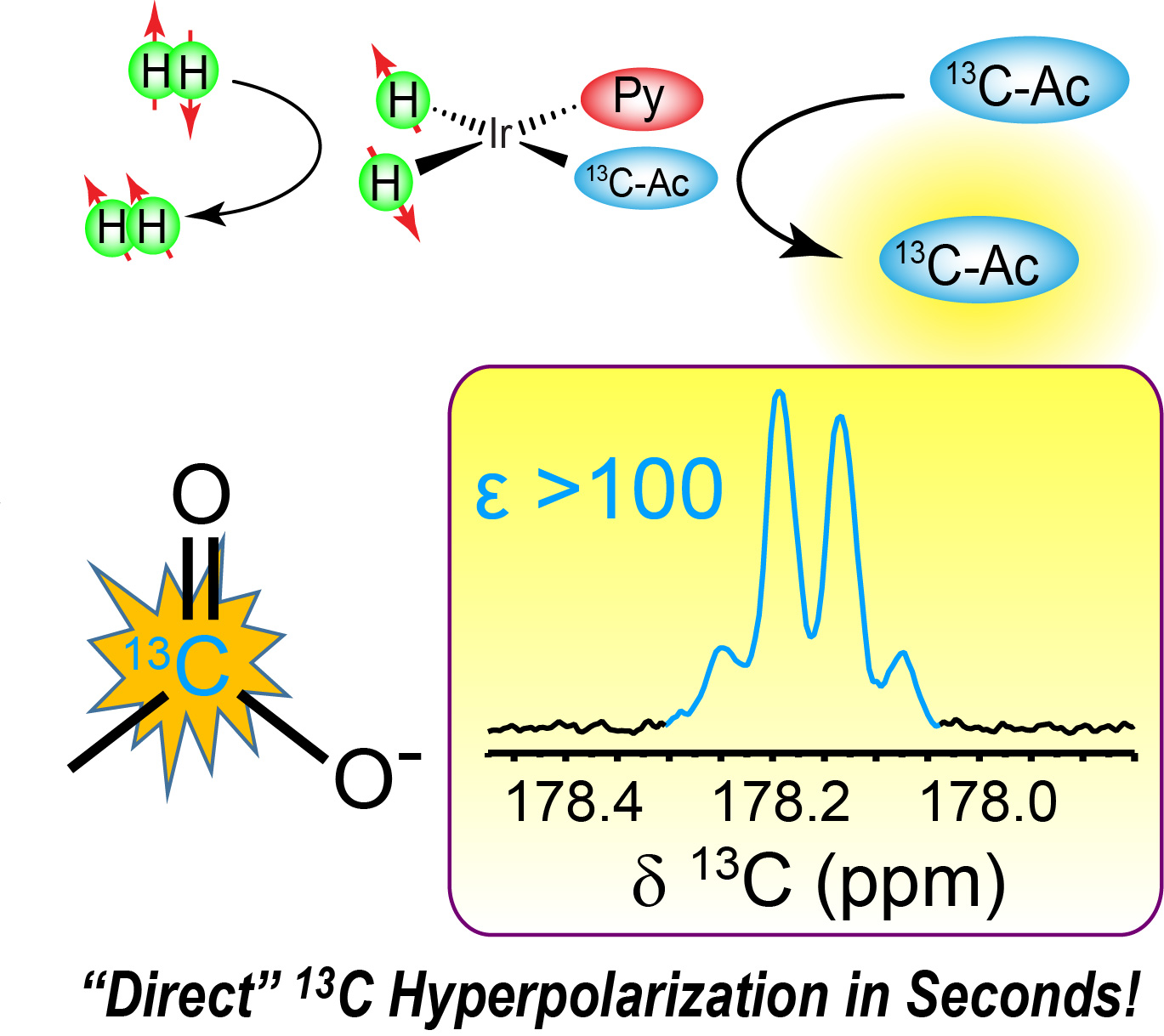
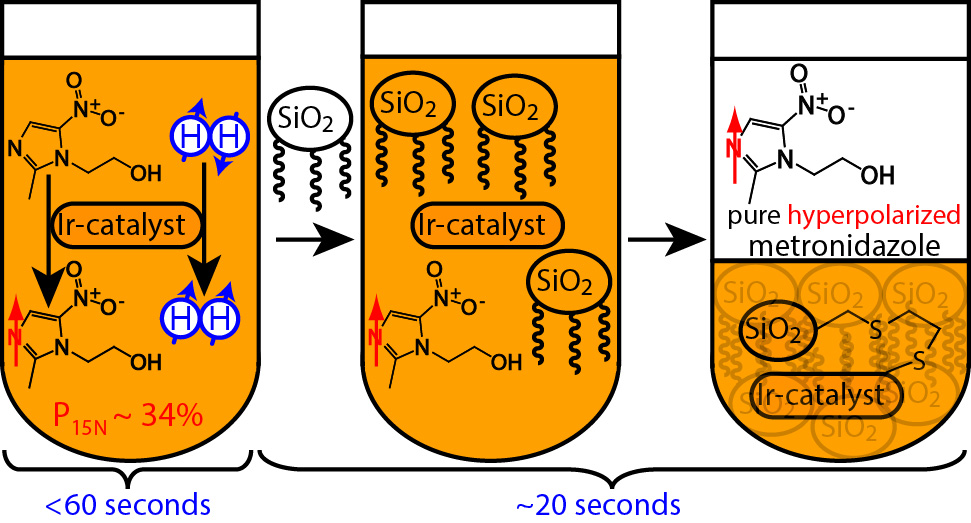
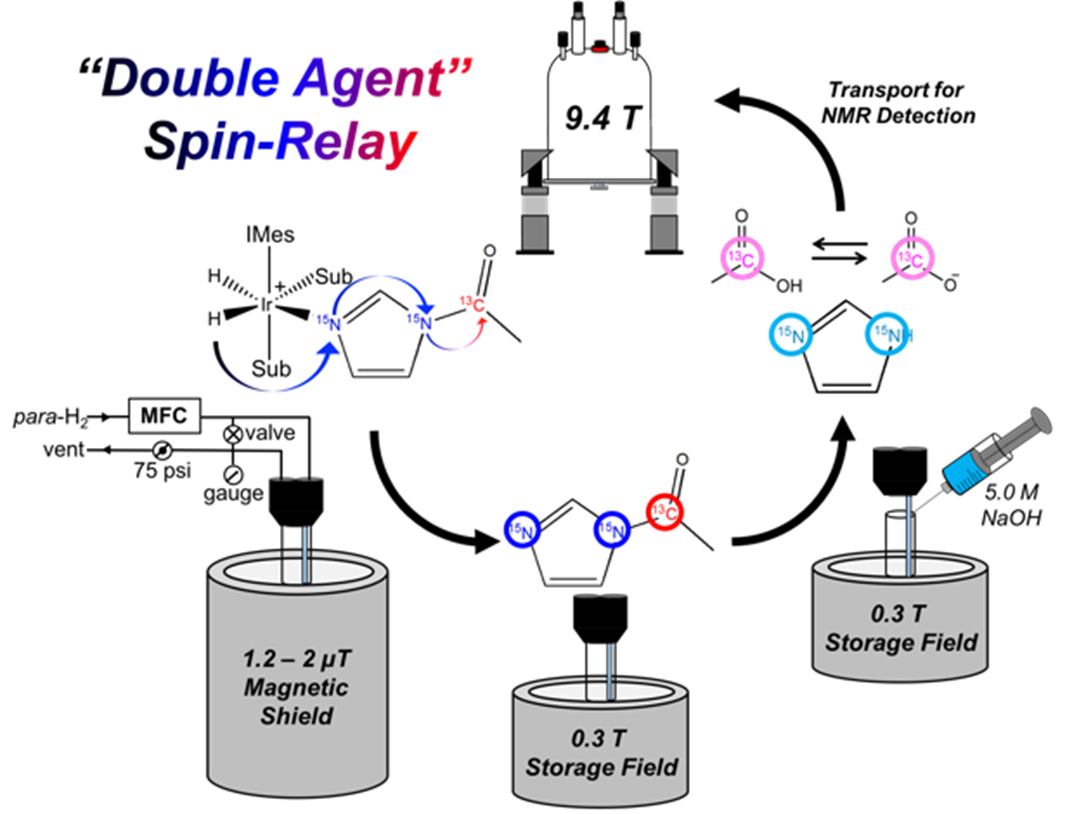
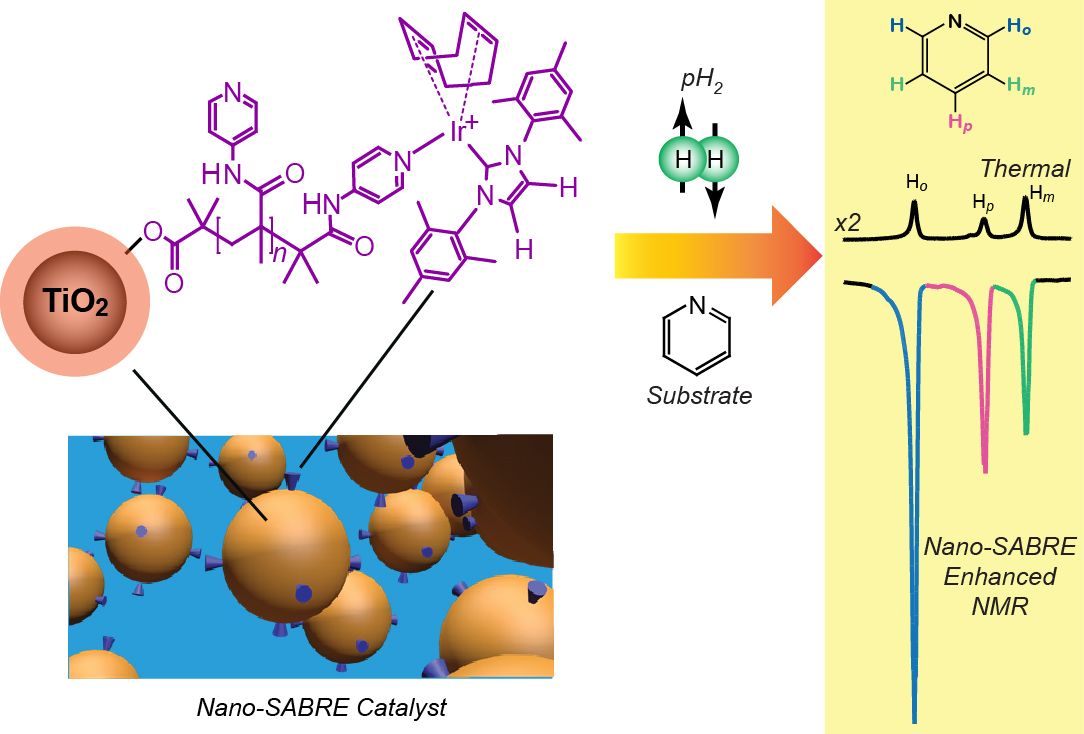


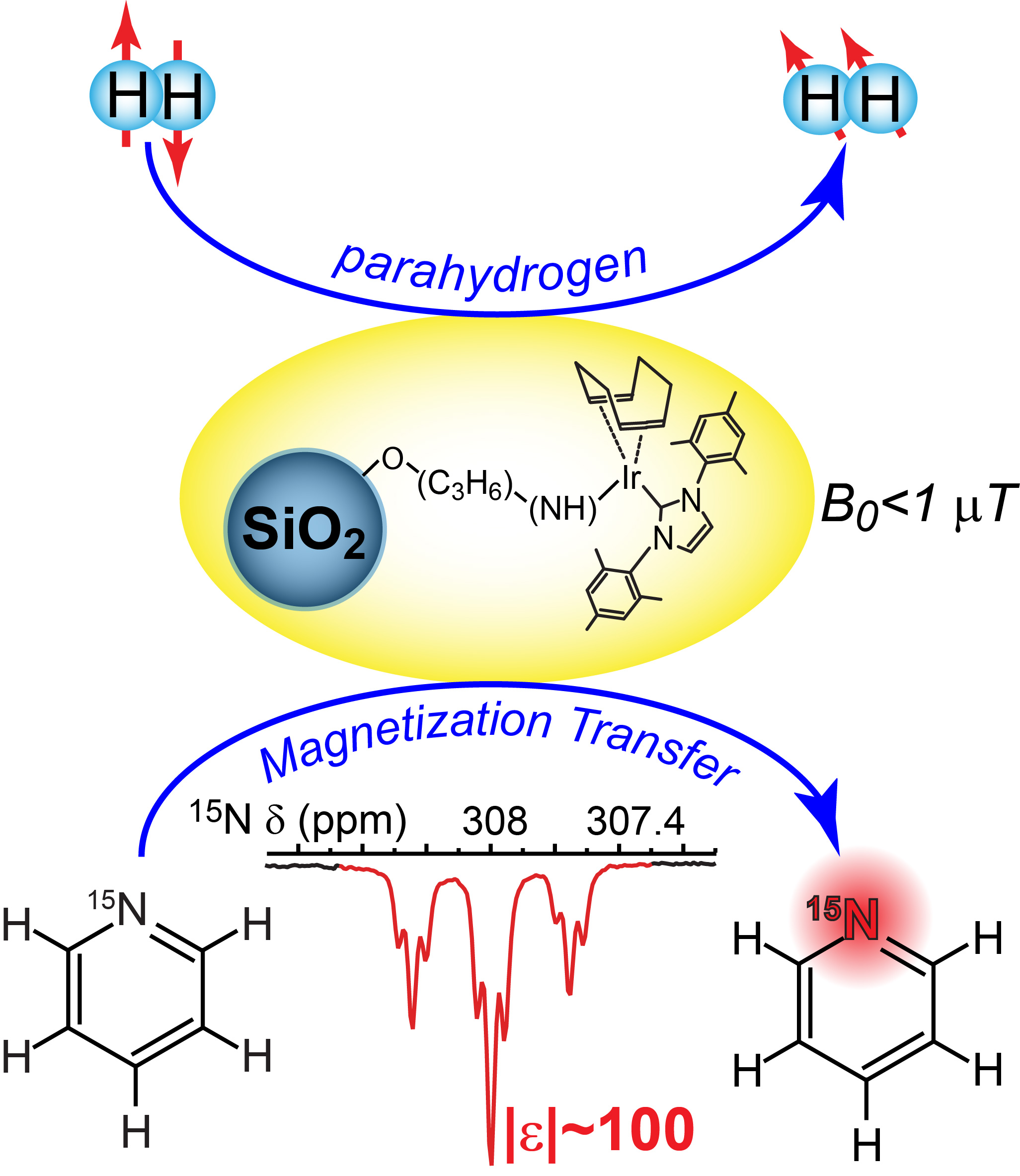

Known physics (at least, on the sub-atomic level) is summarized by a description of all the fundamental particles and forces called the “Standard Model of Particles and Interactions” – or just “Standard Model” for short. But the Standard Model appears incomplete – giving rise to a number of Big Questions that currently-known physics cannot answer: For example, why is there anything at all? (i.e., why is there all of this residual matter, but not much anti-matter – despite the fact that both *should* have been created equally by the Big Bang?). Also, what is dark matter? We know (from various measurements – from galaxy rotation to gravitational lensing) that the matter that we can “see” (that interacts with light) makes up only a small fraction of the matter in the universe, but the nature of the remaining “dark” matter remains entirely unknown. As a long-term effort to probe these questions, the Neutron Optics Time Reversal Experiment (NOPTREX) plans to investigate TRIV (time-reversal invariance violation) in forward elastic scattering amplitudes of polarized neutrons passing through polarized nuclear targets of nuclei that have low-energy (few eV) p-wave resonances. The idea is that CP (charge/parity) violation (and therefore T violation, assuming CPT invariance) is needed to produce the observed matter-antimatter asymmetry of the Big Bang (A. Sakharov), and previous T violation observations are several orders of magnitude too small to explain it. The goal is to therefore look for new sources of CP/T violation in strongly-interacting (e.g. neutron/nucleus) systems to explain the observed matter-antimatter asymmetry of the universe (Bowman & Gudkov; Snow). P-violation is enhanced in p-wave resonances by ~5‐6 orders of magnitude. As the amplification mechanism in these neutron resonances works for any parity-odd interaction, any TRIV effects that violate parity should also be amplified by a similar amount. For example, any P-odd, T-odd term measured in the neutron forward scattering amplitude would come from some new interaction in nature (and failing to detect such effects could contribute new theoretical limits). NOPTREX could also put limits on properties of “axion-like particles” (in the search for dark matter candidates; Fadeev & Flambaum; Snow). Our group’s contributions to NOPTREX lie primarily in helping to identify and optimize hyperpolarization in select isotopes that could comprise good target candidates for NOPTREX (e.g. 131Xe); helping to create hyperpolarized targets; and helping to perform experiments that set limits on systematic effects that could embody obstacles for NOPTREX (e.g. nuclear pseudomagnetism).
